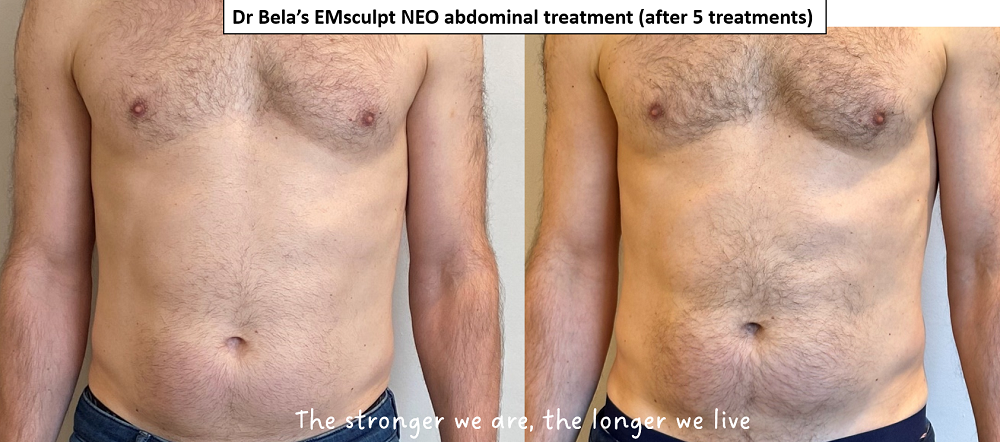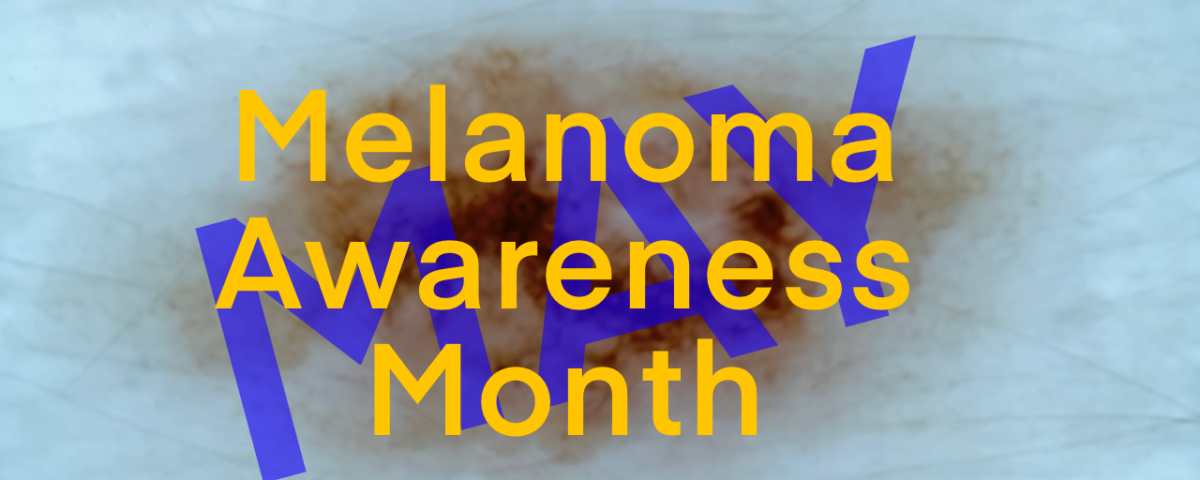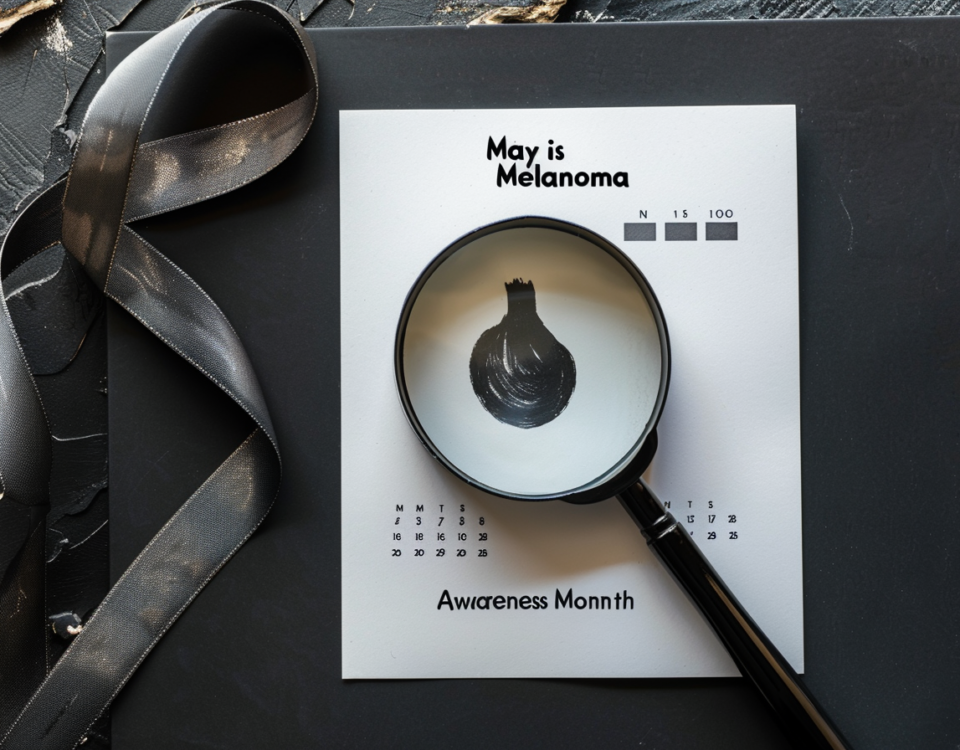
Maximizing Your EMsculpt Neo Experience: Insights from My Personal Journey
27th March 2023
Winter: Challenges and Opportunities for Your Skin (with Gift Ideas for Loved Ones)
4th December 2023May is Melanoma and Skin Cancer Awareness Month
A time to focus on the importance of understanding the risks, prevention, early detection (mole check), and treatment options for these prevalent forms of cancer. Skin cancer is the most common type of cancer globally, and melanoma, while less common, is responsible for most skin cancer-related deaths. In this post, I’ll explore the significance of melanoma and skin cancer awareness, offer prevention tips, discuss early detection methods, and highlight available treatment options.

REAL-LIFE CASE #1: This patient didn’t notice the new, atypical mole on her thigh. The mole has been removed surgically, and histological analysis is pending to confirm its nature.
View this post on Instagram
The Importance of Melanoma and Skin Cancer Awareness
Raising awareness about melanoma and skin cancer is crucial for several reasons:
Prevalence: Skin cancer affects millions worldwide, with over 3 million new cases diagnosed yearly. Melanoma, although less common, is the deadliest form of skin cancer, causing 60,000 deaths each year globally.
Prevention: Many cases of skin cancer are preventable through simple lifestyle changes, such as using sunscreen and avoiding excessive sun exposure.
Early Detection: Early diagnosis of skin cancer, especially melanoma, can significantly improve treatment outcomes and survival rates.
Education: Public awareness campaigns can help dispel myths and misconceptions surrounding skin cancer, ensuring that people have accurate information and take appropriate preventive measures.
REAL-LIFE CASE #2: Identifying an inconspicuous melanoma on a patient through mole mapping. Remarkably, this was her second melanoma diagnosis.
View this post on Instagram
Prevention Tips
Protecting your skin from the sun’s harmful ultraviolet (UV) rays is the key to preventing skin cancer.
FACT: 86% of melanoma cases are linked to ultraviolet (UV) radiation exposure from the sun and tanning devices.
Here are some essential prevention tips:
Wear Protective Clothing: Prioritize physical sun protection, as it’s the most effective method. Be sure to cover up with long-sleeved shirts, long pants, wide-brimmed hats, and sunglasses that block 100% of UVA and UVB rays for optimal defense against the sun’s harmful effects.
Seek shade: Stay in the shade, especially during peak sun hours (10 a.m. to 4 p.m.), when the sun’s rays are the strongest.
Use Sunscreen: Apply a broad-spectrum sunscreen with an SPF of at least 50 to all exposed skin, even on cloudy days. Reapply every few hours, and remember to do so after swimming or sweating. Keep in mind that we typically apply less sunscreen than the recommended amount, resulting in a lower effective SPF in practice. Therefore, it’s essential to opt for higher SPF factors to ensure adequate protection.
Avoid tanning beds: Tanning beds emit harmful UVA and UVB radiation that can lead to skin cancer. Opt for sunless tanning lotions or sprays instead. OMG, I cannot believe that I know people who go to tanning salons; so stupid (sorry).
Perform regular self-exams: Familiarize yourself with your skin and check for any new or changing moles, growths, or other abnormalities.
REAL-LIFE CASE #3: look at this 2 mm malignant melanoma that the patient was able to spot.
View this post on Instagram
Early Detection: The ABCDEs of Melanoma
Detecting melanoma in its early stages is crucial for successful treatment. Use the ABCDE method to examine your moles and identify any suspicious changes:
A – Asymmetry: If one half of the mole does not match the other half.
B – Border: If the mole’s edges are irregular, notched, or blurred.
C – Colour: If the mole has varying shades of brown, black, or other colours.
D – Diameter: The mole’s size can be an indicator; if it is larger than a pencil eraser (6mm), it may warrant further examination. However, this rule is not absolute. Melanomas can sometimes present at smaller sizes, even as little as 2-3mm. Just look at the case study above.
E – Evolving: If the mole changes in size, shape, colour, or elevation over time. Look at the case study below.
If you notice any of these warning signs, consult a dermatologist for a professional evaluation.
REAL-LIFE CASE #4: This patient was unable to detect the substantial changes in a mole, which ultimately proved to be melanoma.
View this post on Instagram
Treatment Options
The treatment options for melanoma and skin cancer vary depending on the cancer’s type, stage, and location.
It’s worth noting that some individuals hesitate to undergo a mole check due to fear of the subsequent steps. However, early detection presents a significant opportunity in melanoma cases. If a suspicious mole is identified, the removal procedure is relatively simple and can be lifesaving. Don’t let fear hold you back—take action if you have any concerns.
On the other hand, neglecting a potential melanoma can have severe consequences. If the melanoma is allowed to progress, it becomes untreatable; no known therapy can save your life at that point. Early detection and intervention are crucial in managing melanoma effectively.
REAL-LIFE CASE #5: Finally, it was her 8th mole check that saved her life.
View this post on Instagram
Conclusion
Melanoma and Skin Cancer Awareness Month in May is an opportunity to educate ourselves and our communities about the risks, prevention strategies, and early detection methods for these prevalent and potentially life-threatening diseases. By following sun safety guidelines, performing regular self-examinations, and seeking professional care when necessary, we can significantly reduce our risk of developing skin cancer and improve the chances of successful treatment.
Take action this May to protect your skin and help spread the word about melanoma and skin cancer awareness. Together, we can save lives and create a healthier future for all.
Schedule a Mole Check with Dr. Bela, Dermatologist, Today!
For more information on moles and mole checks, be sure to visit Dr. Bela’s Instagram and TikTok channels.
Share this content with your loved ones and friends—you never know who might have a suspicious mole, and whose life could be saved by raising awareness.
REAL-LIFE CASE #6: the story of a melanoma on one of my aesthetic patients.
View this post on Instagram




